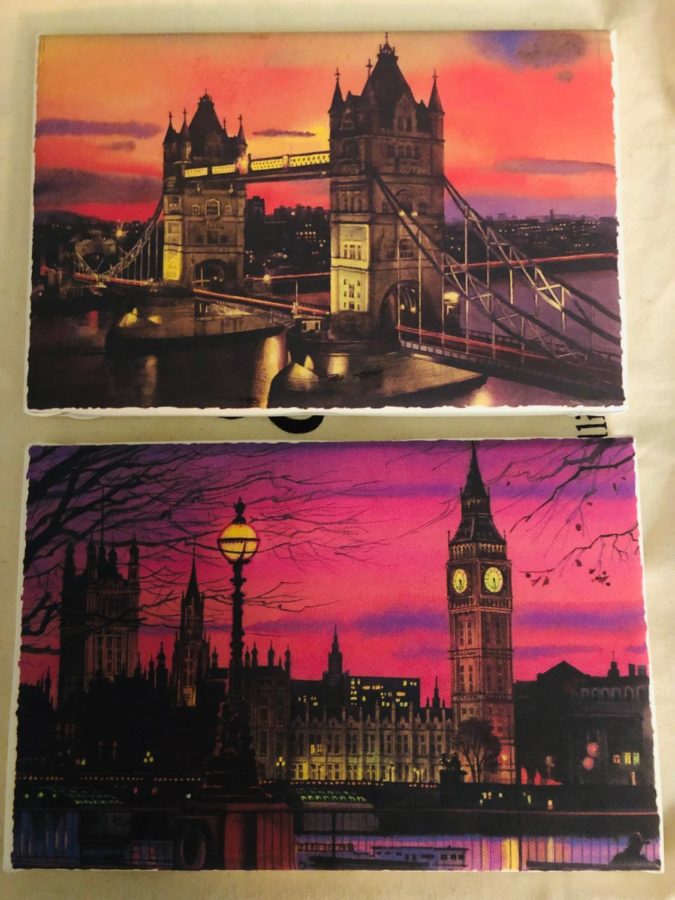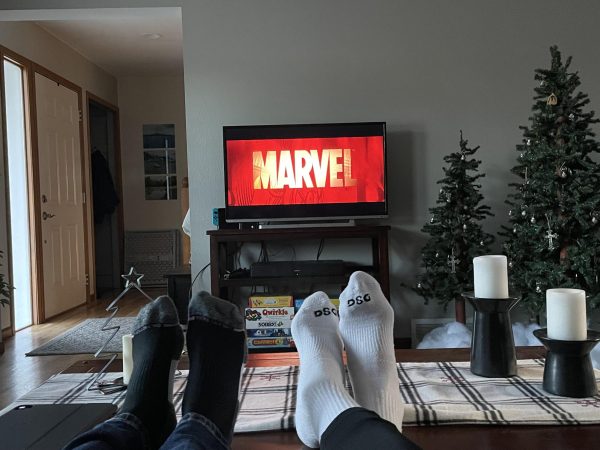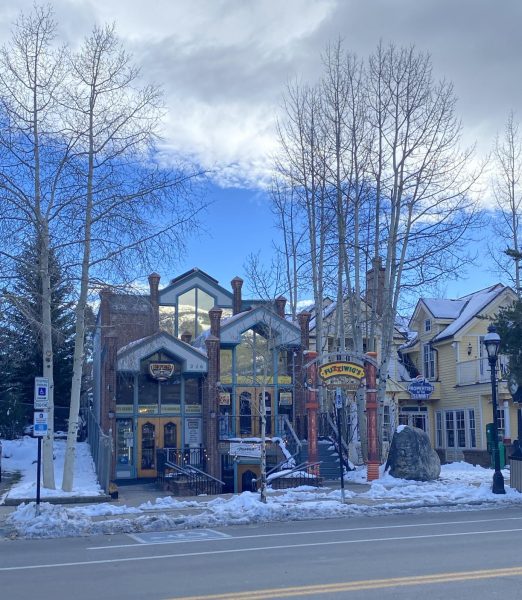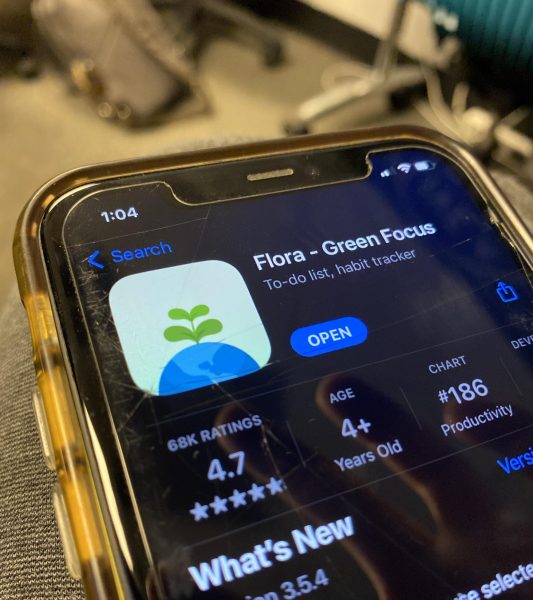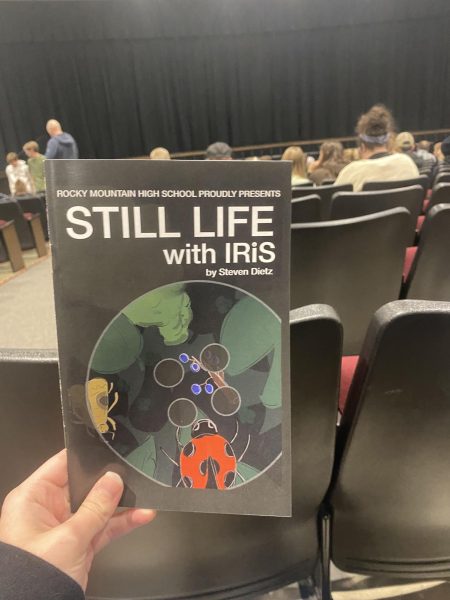How to Avoid Tourist Scams
My picture (top) is of the London bridge at sunset. The colors in the right portion of the sky look oversaturated. My mother’s picture (bottom) is of Big Ben and Westminister Abbey.
Scam artists are everywhere in big cities. The tourists visiting these cities are in an unfamiliar environment; they have lots of spending money, and they’re focused on getting pictures of the sights and visiting landmarks. They are a perfect target for tricks.
On a bridge in London my family and I were duped into buying two fake paintings. At first I was impressed by what I thought was a quality painting, and had a rude awakening when I realized my mistake.
The man selling these fake paintings had a tray with acrylics and a paintbrush out, with a painting he appeared to be working on. When asked, he said the paintings were done in acrylic. I expressed shock because I work with both acrylics and watercolor as a hobby, and the detail and blending resembled watercolor. This appeared to make him uncomfortable.
My mother and I both bought a painting, each $15. We immediately put the paintings in our backpacks so we never fully examined them until returning to our AirBnB. After a closer look, we both realized our mistake.
I consider myself an artist, so it was fairly embarrassing to be fooled by such an obvious fake. The paintings are both of the London skyline and very pretty, but the color saturation seems off to me and that’s probably a consequence of the painting being printed. To make sure that I hadn’t misjudged the painting, I put some water on the edge. If it really was a watercolor like the print blending seemed to indicate, it would bleed and fade on contact with water. Sure enough, the color was unaffected.
Later that week on the London Bridge, which was nearby, we saw another man selling paintings with the same setup. He had a painting that resembled another that we saw earlier, but in black and white. Clearly, they have the same supplier.
So how do you avoid being scammed by tourist traps?
If you look up a company that you see advertised on a product, you can very easily find out if a company mass-produces products or makes high quality things. If you’re buying something claiming to be unique (and probably expensive) look up the painting or gift to make sure you’re looking at the real thing.
“‘They [tourists] check for their money, credit cards, passport, and visa by touching their pants, coat pocket, or purse where their valuables are . . .’” tourist Rebecca Baldwin said in The Sun. Baldwin says that this is an easy signal to pickpockets and scammers that a tourist is a vulnerable target. Baldwin also warns against wearing expensive jewelry and clothing because that indicates that someone has money.
And if you’re still unsure about a product being authentic, ask questions. Ask a seller where they got their goods, about how they made goods, and look carefully at what you’re buying. If possible, pay with cash. Be aware and present, and never take things at face-value.
Your donation will support the student journalists of Rocky Mountain High School - CO. Your contribution will allow us to purchase equipment and cover our annual website hosting costs.
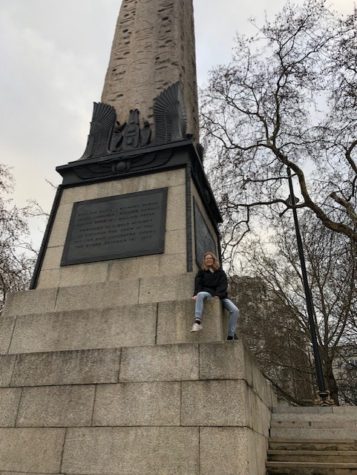
Payton is a senior at Rocky Mountain High School. They've been on the newspaper staff for 3 years. After high school, Payton wants to work as an investigative...


